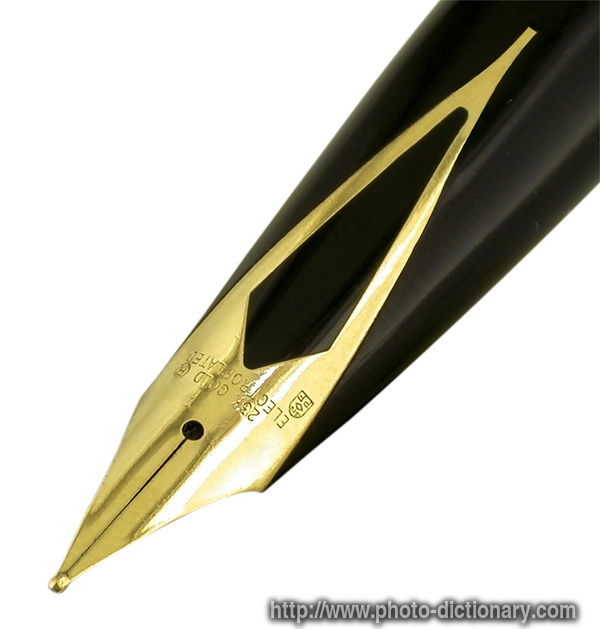Graphite is a form of carbon, first discovered in the Seathwaite Valley on the side of the mountain Seathwaite Fell in Borrowdale, near Keswick, England, about 1564 by an unknown person. Shortly after this the first pencils were made in the same area.
The breakthrough in pencil technology came when French chemist Nicolas Conte developed and patented the process used to make pencils in 1795. He used a mixture of clay and graphite that was fired before it was put in a wooden case. The pencils he made were cylindrical with a slot. The square lead was glued into the slot and a thin strip of wood was used to fill the rest of the slot. Pencils got their name from the old English word meaning 'brush'. Conte's method of kiln firing powdered graphite and clay allowed pencils to be made to any hardness or softness - very important to artists and draftsmen.
Charles Marie de la Condamine, a French scientist and explorer, was the first European to bring back the natural substance called "India" rubber. He brought a sample to the Institute de France in Paris in 1736. South American Indian tribes used rubber to making bouncing playing balls and as an adhesive for attaching feathers and other objects to their bodies.
In 1770, the noted scientist Sir Joseph Priestley (discoverer of oxygen) recorded the following, "I have seen a substance excellently adapted to the purpose of wiping from paper the mark of black lead pencil." Europeans were rubbing out pencil marks with the small cubes of rubber, the substance that Condamine had brought to Europe from South America. They called their erasers "peaux de negres". However, rubber was not an easy substance to work with because it went bad very easily -- just like food, rubber would rot. English engineer, Edward Naime is also credited with the creation of the first eraser in 1770. Before rubber, breadcrumbs had been used to erase pencil marks. Naime claims he accidentally picked up a piece of rubber instead of his lump of bread and discovered the possibilities, he went on to sell the new rubbing out devices or rubbers.
In 1839, Charles Goodyear discovered a way to cure rubber and make it a lasting and useable material. He called his process vulcanization, after Vulcan, the Roman god of fire. In 1844, Goodyear patented his process. With the better rubber available, erasers became quite common.
The first patent for attaching an eraser to a pencil was issued in 1858 to a man from Philadelphia named Hyman Lipman. This patent was later held to be invalid because it was merely the combination of two things, without a new use.

At first penknives were used to sharpen pencils. They got their name from the fact that they were first used to shape feather quills used as early pens. In 1828, Bernard Lassimone, a French mathematician applied for a patent (French patent #2444) on an invention to sharpen pencils. However, it was not until 1847 that Therry des Estwaux first invented the manual pencil sharpener, as we know it.
John Lee Love of Fall River, MA designed the "Love Sharpener." Love's invention was the very simple, portable pencil sharpener that many artists use. The pencil is put into the opening of the sharpener and rotated by hand, and the shavings stay inside the sharpener. Love's sharpener was patented on November 23, 1897 (U.S. Patent # 594,114). Four years earlier, Love created and patented his first invention, the "Plasterer's Hawk." This device, which is still used today, is a flat square piece of board made of wood or metal, upon which plaster or mortar was placed and then spread by plasterers or masons. This was patented on July 9, 1895.
One source claims that the Hammacher Schlemmer Company of New York offered the world's first electric pencil sharpener designed by Raymond Loewy, sometime in the early 1940s. In 1861, Eberhard Faber built the first pencil factory in the United States in New York City.


